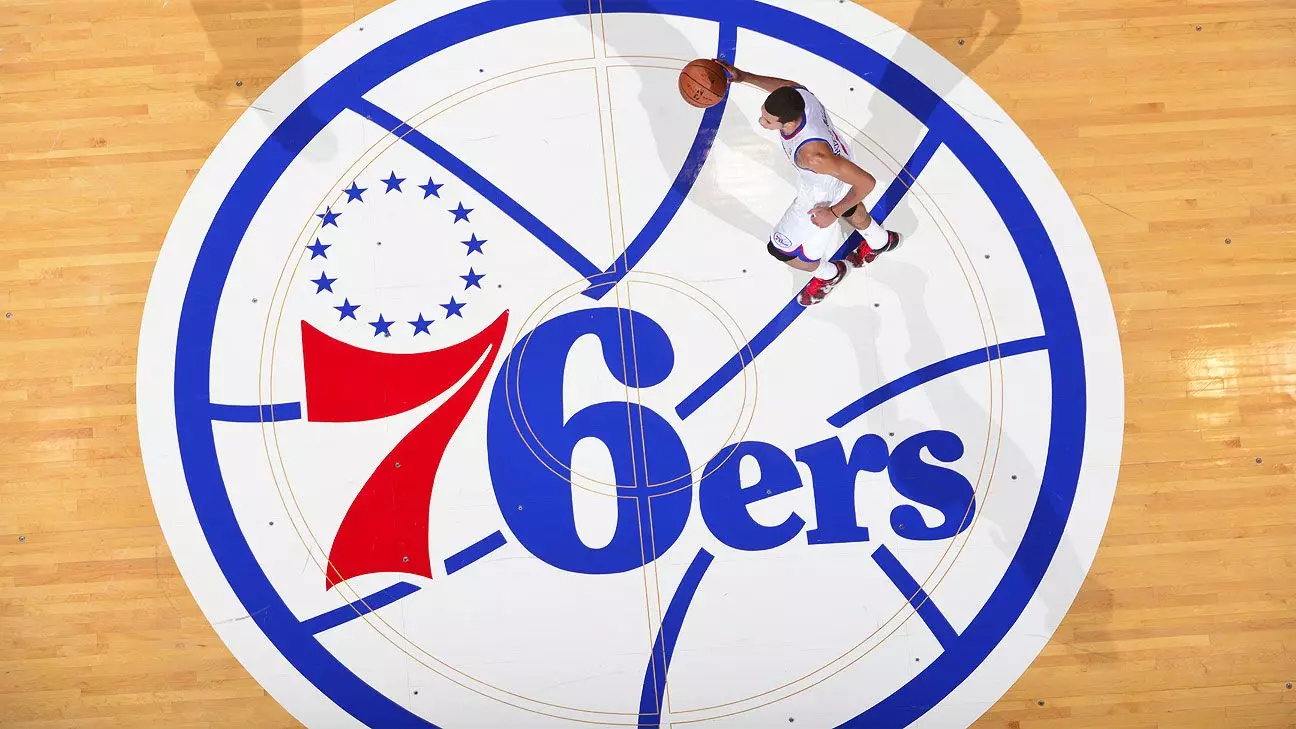The Philadelphia 76ers have embarked on a transformative journey to establish a new home with a proposed $1.3 billion arena set to redefine the city’s sports landscape. Mayor Cherelle Parker’s recent announcement detailing an agreement between the city’s administration and the team owners has sparked immediate discussions among residents and stakeholders. The proposal promises an invigorated downtown where sports, entertainment, and community engagement intersect; however, it has not come without its detractors, especially from the Chinatown community.
The deal is positioned as a means to retain the NBA franchise in Philadelphia while simultaneously revamping an area that has struggled economically for years. Team owners argue that the planned venue will not only enhance the neighborhood’s vitality but also provide a modern facility capable of hosting various events beyond basketball, thus generating revenue and foot traffic in an area ledgered with challenges.
Despite the promising projections, the agreement is drawing significant criticism, predominantly from activists in Chinatown who are concerned about the implications for their tightly-knit community. Representing a demographic that has faced ongoing development threats since the 1990s, residents have rallied against the potential encroachment of commercial interests into their cultural hub. The influx of traffic and the risk of displacing vulnerable populations—such as the elderly, low-income families, and immigrants—are central to their contention.
Debbie Wei from the Save Chinatown Coalition has articulated the challenges facing her community, arguing that the deal could create adverse outcomes that will affect residents for generations. The sentiment among activists reflects a deep-rooted apprehension about being sidelined in favor of economic aspirations that may not accommodate their needs. Their lamentations, symbolized by lanterns adorning City Hall, aim to shed light on the broader consequences of gentrification and urban planning that often overlooks the needs of long-term residents.
While the 76ers’ ownership group touts the project as an opportunity for growth and revitalization, the mayor’s message did acknowledge the sentiments emanating from Chinatown, promising to support the community. However, this dual narrative—of growth and cultural preservation—has left many feeling conflicted. The city faces a delicate balancing act: fostering economic development while remaining sensitive to existing communities.
In the backdrop of this deal lies an offer from New Jersey’s governor, providing $400 million in tax incentives to potentially relocate the team across the river in Camden. The stark choice presented by the governors underlines the competitive nature of urban centers vying for major sports franchises, with Philadelphia now making a strategic move to ensure the 76ers remain entrenched within its urban fabric.
Looking forward, it is crucial for the 76ers’ ownership and local government to engage substantively with the Chinatown community. Genuine collaboration can lead to mutually beneficial outcomes that prioritize cultural integrity alongside urban growth. As Josh Harris, managing partner of the ownership group, suggested, a commitment to equity, inclusivity, and accessibility will be paramount to ensure a favorable reception of the modern facility.
The call from community activists to maintain a vigilant stance against potential negative externalities highlights the need for ongoing dialogue and sensitivity to urban development processes. While the excitement surrounding a new arena can galvanize segments of the population, it is equally vital that the voices of those who might be adversely affected are heard and integrated into the development narrative.
Philadelphia’s journey towards a new arena for the 76ers represents a pivotal moment for the city, full of promise yet fraught with complexity. As the plans unfold, all eyes will be on how well the city can harmonize growth with the preservation of its diverse communities. The ultimate outcome will likely serve as a bellwether for similar endeavors nationwide, shedding light on the interplay between sports, culture, and the urban landscape.


Leave a Reply